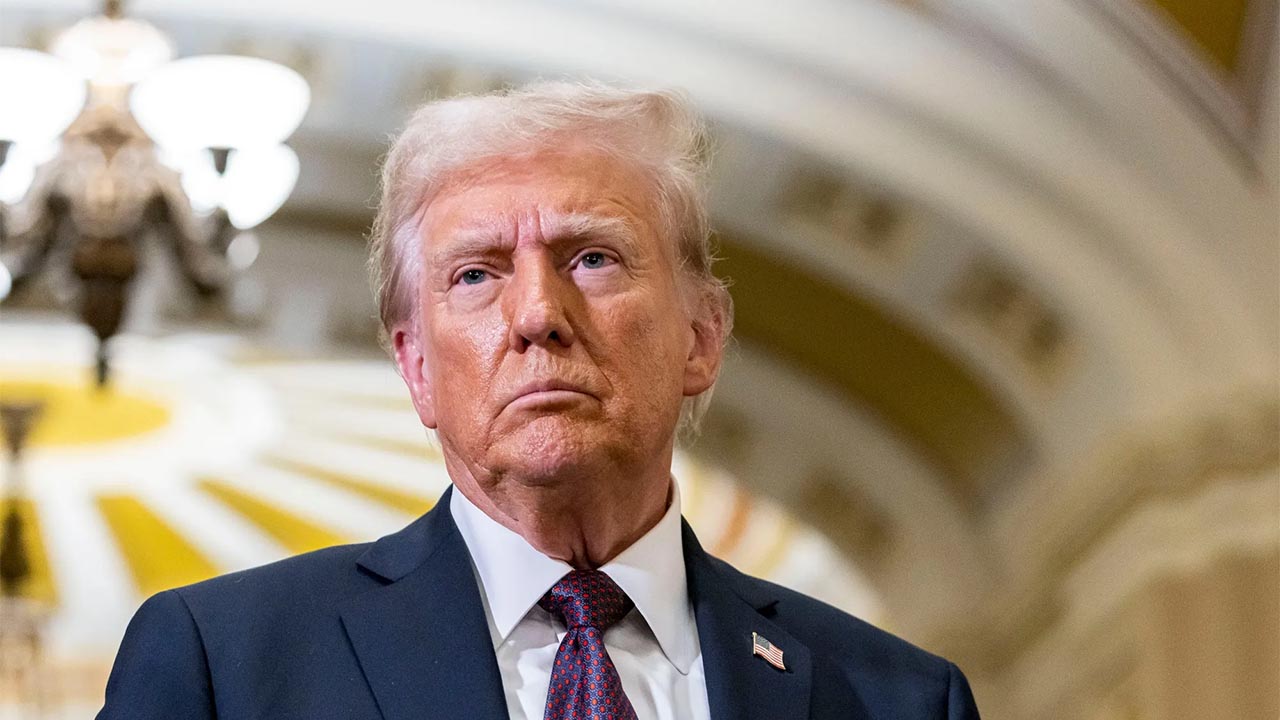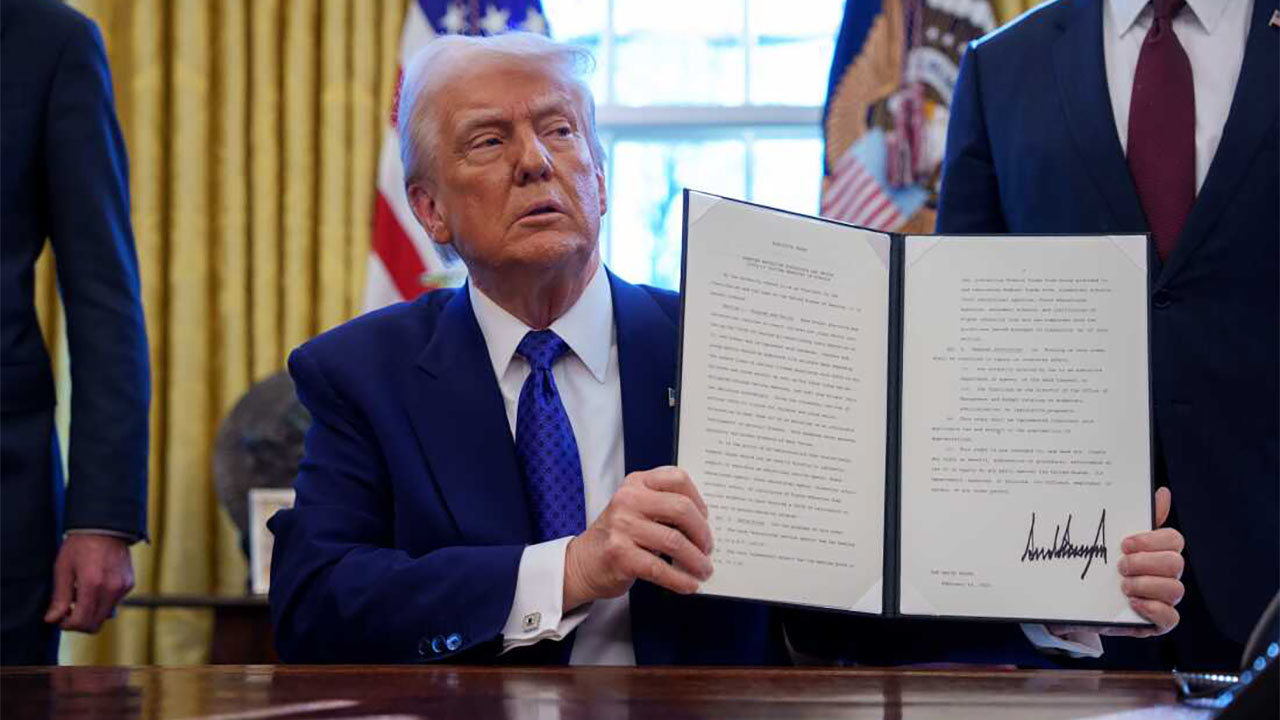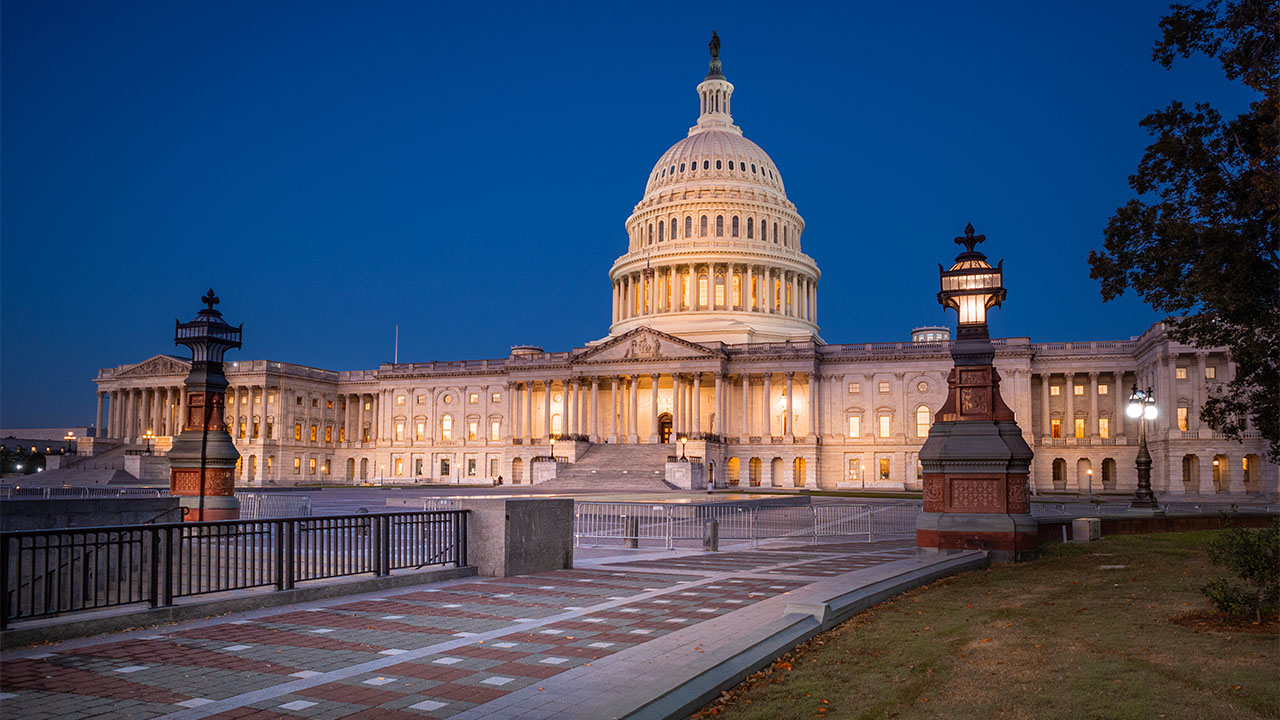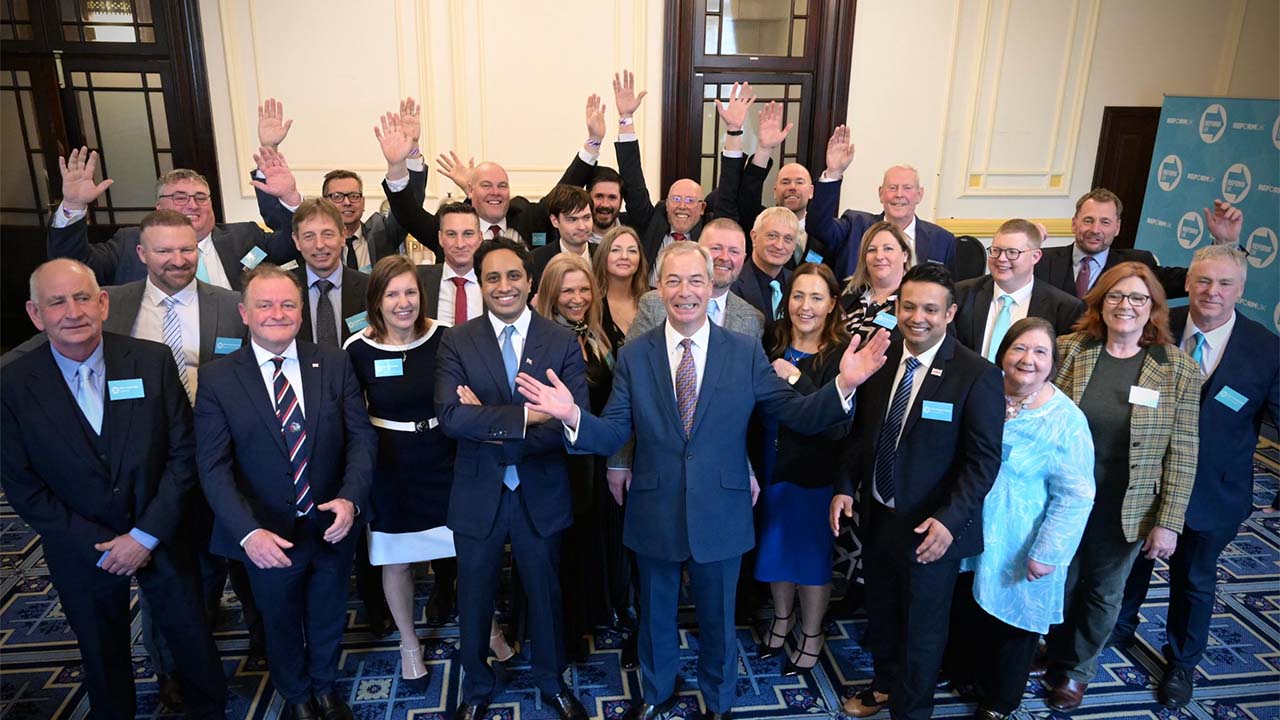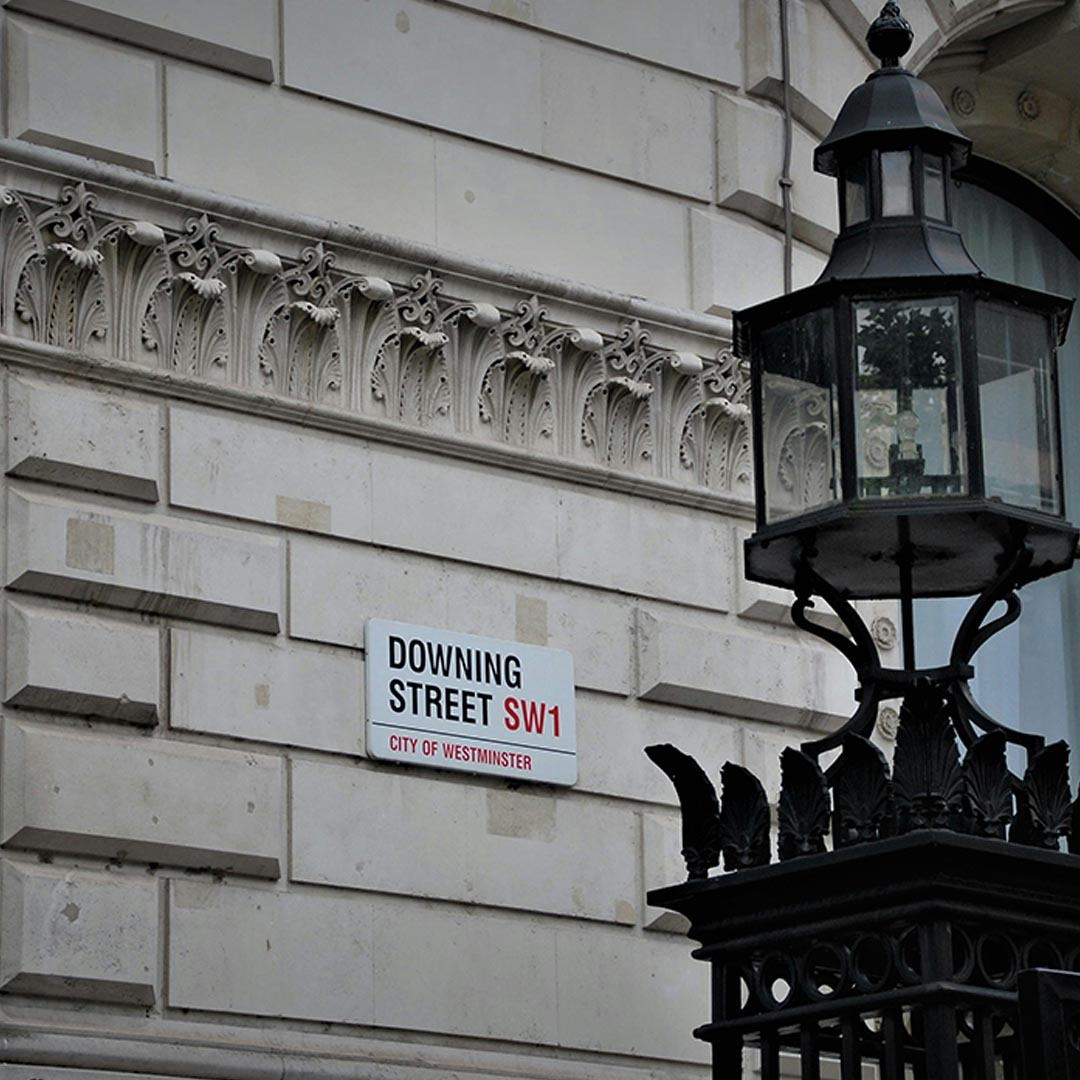While the baseball season is still in full swing, my summer of sport has drawn to a close here in the USA.
Soccer, Cricket and Rugby – my personal top three and three of the top five sports in the world – all stretched and flexed their muscles here in the US, the largest media and sports market in the world, with differing results.
We saw FIFA crown Chelsea as Club World Cup champions, and the Premier League’s Summer Series concluded with the red half of Manchester collecting a trophy.
Despite what their executives might say, the two organizing bodies trips to the US were unabashed commercial and marketing exercises rather than competitive tournaments, and fans embraced them accordingly with wildly varying levels of enthusiasm.
The algorithm used to select the teams deemed to be competitors for FIFA’s best in the World saw semi-pro Auckland City, Mamelodi Sundowners and Esperance De Tunis take up their places, while Premier League Champions Liverpool, Spanish title winners Barcelona and Serie A victors Napoli remained at home.
While the games themselves were mostly entertaining – water and cooling breaks included – fans in the US were not persuaded to explore the competition too deeply. While Real Madrid and the South American heavyweights drew decent crowds, only 3,412 turned up to see South Korea’s Ulsan FC go down to a single goal from the Mamelodi Sundowners – that’s just under half as many who watched Grimsby play Crawley in the Division Two opener last Saturday.
To cement its spot as the world favourite sport – soccer chose to import its mega-brand teams and global star talent to boost its coffers, sell shirts, and maybe settle scores between the warring bodies UEFA, Premier League and FIFA as to who is – to use a Trump term – ‘the ‘daddy’.
Cricket and Rugby’s summer took a different path.
Back in 2018, Major League Rugby was launched. That nomenclature was copied by cricket in 2023 with the arrival of Major League Cricket. Major League Soccer and Major League Baseball were already up and running.
What exactly constitutes a Major League is unclear.
In Rugby’s case, many of the 12 teams who started the league 8 years ago are no more, and this week’s announcement that the two California-based clubs are merging into one and New Orleans Louisiana Gold – part owned by French rugby powerhouse ASM Clermont Auvergne – will fold has reduced it to only 9 teams for 2026.
The 2025 season wrapped up with a Championship game – rugby’s Superbowl – which saw the New England Free Jacks defeat the Houston SaberCats to retain the title for a third straight season. They did this in front of a crowd of just 5,702 with not many more watching on the MLR Rugby Network feed.
Cricket’s experience this summer was a little different but just as challenging.
The T20-format league consisted of just six teams and ‘the season’ is a month-long competition played at three venues spread across California, Texas and Florida.
The teams include Mumbai Indians New York, Texas Super Kings and Los Angeles Knight Riders which, for those who follow the Indian Premier League, gives a clue to the real power and funding behind the league.
The sub-continent feel is further extended by title sponsors US-based Indian tech firm Cognizant and the broadcast rights being largely held by Indian-owned cricket specialists Willow TV.
The number of South Asians in the US is around 5.5 million – double what it was 15 years ago – and 80% of those are of Indian origin. As a sign of investment in that growing community, billions of dollars have been pumped into Major League Cricket by leading Indian businessfolk, including top bosses from Times of India Group, Microsoft, Adobe and others.
To me, Major League Cricket can feel more like a summer extension of the IPL than a competition of its own, and for good reason. With the Hundred relaunching in the UK, the battle for international talent is already at a high point, and for the Knight Riders, Mumbai Indians and Super Kings to be able to offer contracts which see top bowlers and batters from around the World play in both India and the US gives them an edge.
There is also the small matter of cricket getting its debut in the Olympics in Los Angeles in 2028, and the Indian government, businesses, players and fans will be dedicating themselves to winning gold medals hoping that serves as a further springboard for the MLC.
But still mainstream American sports fans are showing little interest in ‘willow on leather’ or ‘egg chasing’. Why?
Besides the obvious lack of connection to the sport from a young age, both games have a myriad of complex rules which, to the uninitiated, make soccer’s off-side law appear straight forward.
Rather than embark on an education process, the powers behind Major League Cricket have decided to focus on growing the game amongst the South Asian community with a few Brits, Aussies and South Africans tagging along for fun. The packaging, corporate and commercial flavour, the broadcast teams and the narrative they have chosen to share are all focused on reaching deeper and wider into that community – namely, people who already play, enjoy and watch cricket.
In a nation of 350 million people, limiting yourself to just one seventieth of an available audience may be a cautious step, but it is one which is probably wise if the goal is to set down sustainable roots for a future growth push, probably around the time of the Olympics.
Rugby, with no natural fan base to draw on, has a bigger problem.
In the few short years the league has been running, the number of teams who have come and gone is staggering, many from big sports media markets like New York, Toronto and Dallas too. Others, because of the relatively cheap price of owning a franchise, were mere marketing tools. The weirdly named Austin Gilgronis and L.A. Giltinis were the brainchild of Aussie entrepreneur Adam Gilchrist as a way of promoting new ready-to-drink cocktails he planned to bring to market. Both teams crashed out of the league a year after inception.
There is no shortage of ambition. The teams have, like their soccer counterparts, attracted a few international names about to retire. JP du Plessis, Mathieu Bastareaud, Ben Foden, Adam Ashley Cooper and Ma’a Nonu all pulled on MLR jerseys for a season or two, but without the finances to pay superstar wages, they don’t have the pulling power to attract a Beckham or Messi.
From my viewing perch, the league appears to have expanded faster than the infrastructure on which it relies can support – a slim fan base, borrowed and unsuitable stadiums – and a franchise model which failed and undermined the league’s credibility and image.
And while broadcast deals were cut with CBS, Fox, regional networks and ESPN, the times and dates of games were never consistent and the routine of watching the game or even the highlight shows became too unpredictable and failed to take root.
There have been other strategic missteps too.
So far, the league hasn’t established the compelling narrative US rugby needs.
They need to demonstrate where it fits and what distinguishes it in the wider US sports mix. Invest in emphasizing and developing team rivalries, celebrate the game’s fan experience, and find the personalities and heroes who portray the character of rugby culture – big hits, crunching tackles with the odd ‘flare up’ – but all ending with a handshake and a beer in the bar afterwards.
Major League Soccer, Rugby and Cricket are all here – for now.
Soccer will be OK, but American sports investors are turning towards the Premier League and Europe rather than sinking more money into the domestic game for limited reward.
For cricket, the Indian enthusiasm will probably see it survive.
But if rugby is to survive never mind flourish, big changes are needed.
I wonder if the boys at NRL and Super League have thought about giving the 13-man game a go out here?



